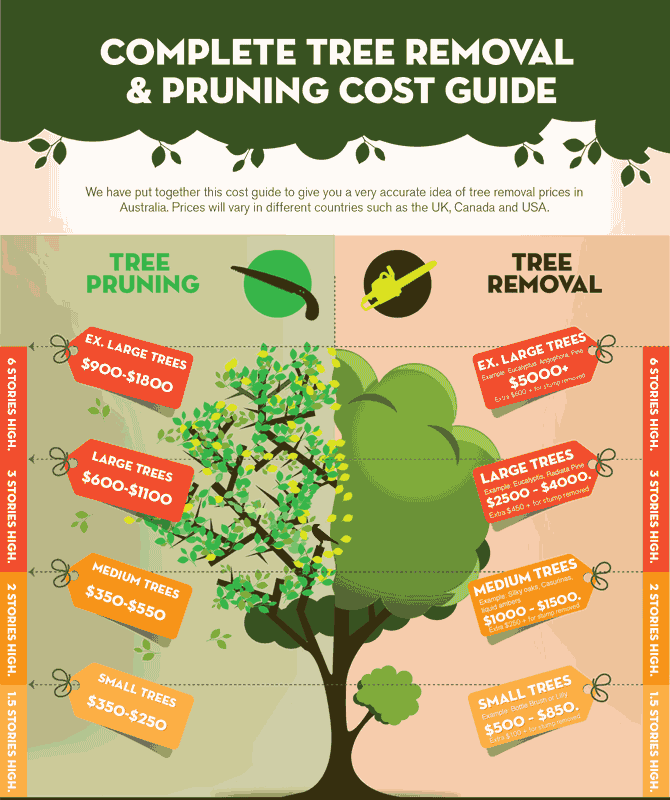Watch For Key Indicators That Recommend Your Tree Could Present A Threat; Recognizing These Can Safeguard Your Home And Family.What Should You Keep Track Of Following?
Watch For Key Indicators That Recommend Your Tree Could Present A Threat; Recognizing These Can Safeguard Your Home And Family.What Should You Keep Track Of Following?
Blog Article
Short Article Produced By-Velling Butcher
When it concerns tree care, recognizing the signs that it's time for elimination is important for your security and home. You could discover stained leaves, wilting branches, or strange fungal growths showing health issue. Structural issues, like a substantial lean or splits in the trunk, can also present risks. Recognizing these warning signs can assist you make notified choices about your trees and stop prospective dangers lurking in your yard. What should you look for following?
Indications of Degeneration and Condition
When you discover indicators of decay and illness in your trees, it's vital to act rapidly. Search for stained fallen leaves, wilting branches, or unusual developments like fungi. These can indicate that your tree is struggling.
If you see splits in the bark or soft, mushy wood, these signs recommend internal degeneration. In addition, an abrupt boost in pests around your tree can signify that it's deteriorated and vulnerable.
Check for any type of dead or dying limbs, as they posture a risk to your property and safety. If you doubt about what you see, seeking advice from an arborist can offer clarity.
Dealing with these indicators early can conserve you from much more comprehensive damages and make sure the health and wellness of your backyard. Don't wait up until it's too late.
Structural Instability and Leaning
As you observe your trees, keep an eye out for any kind of indications of architectural instability or leaning. If a tree leans considerably, it might indicate that the origin system is endangered.
Try to find any splits in the trunk or dirt around the base; these can indicate possible failure. In addition, look for unusual development patterns, like an uneven crown, which may suggest that the tree is having a hard time to hold itself upright.
If you see that the tree leans toward your home, power lines, or other frameworks, it presents a higher danger. Don't ignore these signs-- consult an arborist to examine the scenario.
Acting early can protect against When To Trim Pine Trees and ensure your security.
Dead or Dying Branches and Foliage
If you discover dead or dying branches and foliage on your tree, it's a clear indication that something's wrong.
These undesirable areas can show underlying issues like condition, pest infestations, or environmental stress and anxiety. When branches lose their fallen leaves or transform brown, they're no longer contributing to the tree's health and wellness. Disregarding these signs could result in further decline, making your tree extra dangerous.
Dead branches can quickly break off throughout storms, posing a threat to building and individuals close by. It's important to examine the degree of the damages.
If the problem impacts a considerable part of the tree, consider consulting an expert. They can assist figure out if removal is needed to make sure security and maintain the beauty of your landscape.
Conclusion
If you discover any kind of signs of degeneration, architectural instability, or dead branches on your trees, do not neglect them. These signs can posture significant safety and security risks to you and your property. It's always best to get in touch with a professional arborist who can supply a specialist assessment of your trees. Acting early can protect against accidents and costly damage, ensuring your landscape stays risk-free and healthy. Bear in mind, it's far better to be aggressive about tree treatment than to await a disaster to occur.
